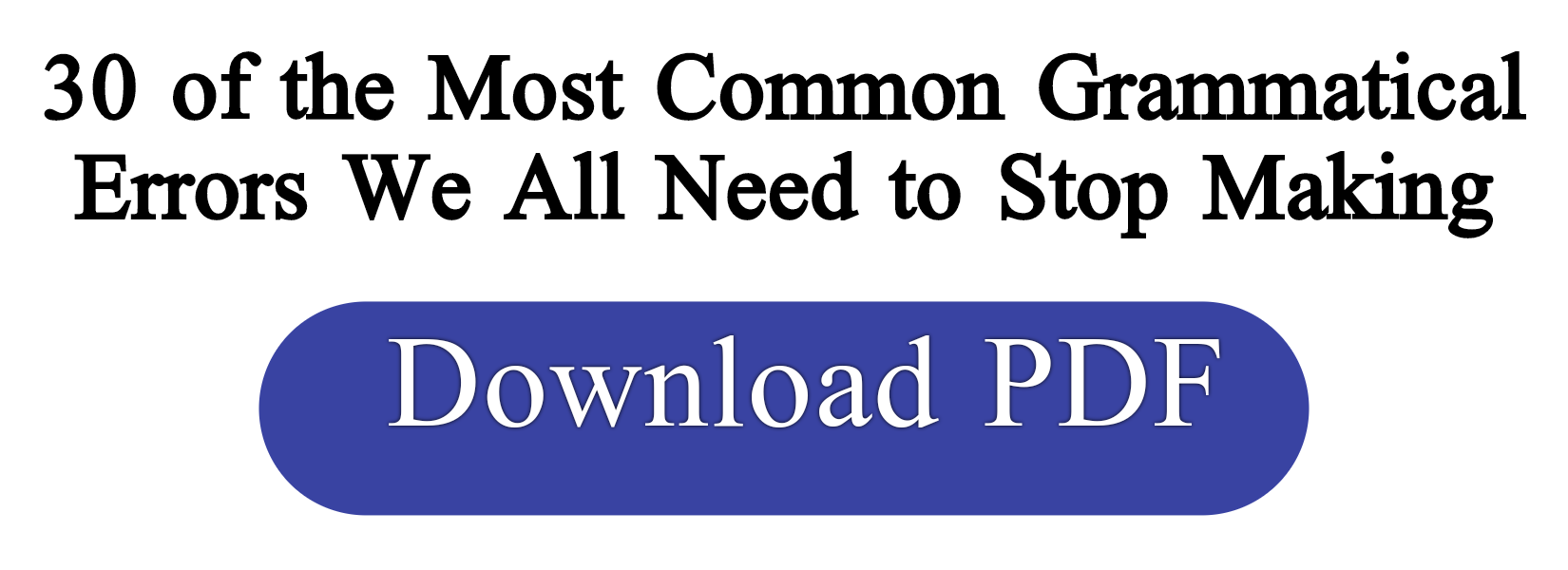A pronoun is a word that replaces a noun or noun phrase that has already been mentioned in a text or conversation.
TYPES OF PRONOUNS
There
are several types of pronouns. Among them are personal, possessive,
demonstrative, indefinite, reflexive and relative pronouns.
Personal pronouns stand in
for nouns and noun phrases, and
usually refer back in a text or conversation to them.
E.g.
•
Jane is going
to watch the parade tomorrow. She plans
to leave at 4 pm.
•
We are
collecting old photographs for our
project. They should still be in
good condition.
Personal pronouns may be
categorised as follows:
|
PERSON |
SINGULAR |
PLURAL |
|||
|
|
|
|
|
|
|
|
|
Subject |
Object |
Subject |
Object |
|
|
|
|
|
|
|
|
|
First |
I |
me |
we |
us |
|
|
(person speaking) |
|||||
|
|
|
|
|
||
|
|
|
|
|
|
|
|
Second |
you |
you |
you |
you |
|
|
(person spoken to) |
|||||
|
|
|
|
|
||
|
|
|
|
|
|
|
|
Third |
he, she, it |
him,
her, it |
they |
them |
|
|
(person spoken of) |
|||||
|
|
|
|
|
||
|
|
|
|
|
|
|
He refers to a male.
She refers to a female.
It refers to a thing or animal.
Positions of Pronouns in Sentences
A pronoun can be the subject of a verb:
E.g.
•
I can’t catch the mouse. It moves too quickly.
A pronoun can be the object of a verb:
E.g.
•
The
flowers look beautiful. Sally arranged them
just now.
A pronoun can be the object of a preposition:
E.g.
•
I’m
going to buy some snacks. Make sure you keep a place for me.
These
refer to the person or animal that is the subject of the verb. The following
are reflexive pronouns.
|
PERSON |
SINGULAR |
PLURAL |
|
|
|
|
|
First |
myself |
ourselves |
|
|
|
|
|
Second |
yourself |
yourselves |
|
|
|
|
|
Third |
himself, herself, itself |
themselves |
|
|
|
|
Positions
of Reflexive Pronouns in Sentences
![]()
Reflexive pronouns may be used:
As the object of a verb.
E.g.
•
Meera blames herself for the mistake.
As the object of a preposition.
E.g.
•
Stop looking at yourself in the mirror.
As the indirect object of a verb.
E.g.
•
Tara gave herself a treat.
To emphasise a noun or personal pronoun.
E.g.
•
Jane herself baked this delicious cake.
Examples of possessive pronouns
are mine, yours, his, hers, ours, theirs, its.
Unlike
personal pronouns, these usually stand alone and do not have to precede a noun.
E.g.
•
Karen
told me that she had lost her phone. That must be hers.
•
They have found their seats.
Have you spotted ours?
•
The cat is looking for its master.
Note: The possessive pronoun its is different from it’s.
It’s is a contracted form of it is.
The
indefinite pronoun is used when referring to no particular person or thing.
Some indefinite pronouns refer to people,
e.g. someone,
anyone, everybody, no one, everyone, nobody.
Some
indefinite pronouns refer to things, e.g. something,
anything, everything, nothing.
E.g.
•
Someone is at the door.
•
Where is everyone?
•
Has anyone seen the television remote control?
A
demonstrative pronoun points to a specific thing or things to indicate whether
they are close or far, in space and/or time. Like possessive pronouns,
demonstrative pronouns stand alone and do not have to precede a noun.
|
|
NEAR IN |
FAR IN |
|
|
DISTANCE |
DISTANCE |
|
|
OR TIME |
OR TIME |
|
|
|
|
|
Singular |
this |
that |
|
|
|
|
|
Plural |
these |
those |
|
|
|
|
E.g.
•
Jane
stopped eating rice for dinner. This has
helped her lose weight quickly.
•
That was the last time I saw my
colleague Matthew.
Who, whom, whose, which and that function as relative pronouns when they add further
information to the things or people mentioned in the sentence.
|
RELATIVE PRONOUN |
REFERS TO |
|
|
|
|
who |
a person
or people |
|
|
|
|
whom |
a
person or people |
|
|
|
|
which |
a
thing or things |
|
|
|
|
whose |
a
person, people, a thing or things |
|
|
|
|
that |
animal(s)
or thing(s) |
|
|
|
The difference between who and whom is that who may be the subject of a verb; it is
also often used as an object although this is frowned upon.
E.g.
•
Isn’t that Shyla who objected to the proposal?
•
These are candidates whom we interviewed last week.
Whom is used only as the object of a
verb. Both who and whom can be the object of a preposition
but if the preposition comes before the pronoun, you must use whom. This is illustrated in the
examples below.
E.g.
•
Whom/who did you speak to about this
matter?
•
To whom did you speak about this matter?
The
relative pronoun that can often be
used instead of who, whom and which.
E.g.
•
The shirt that Matthew bought has some stains on it.
Note: American English favours the use of that over which while
British English still uses both that and
which.








